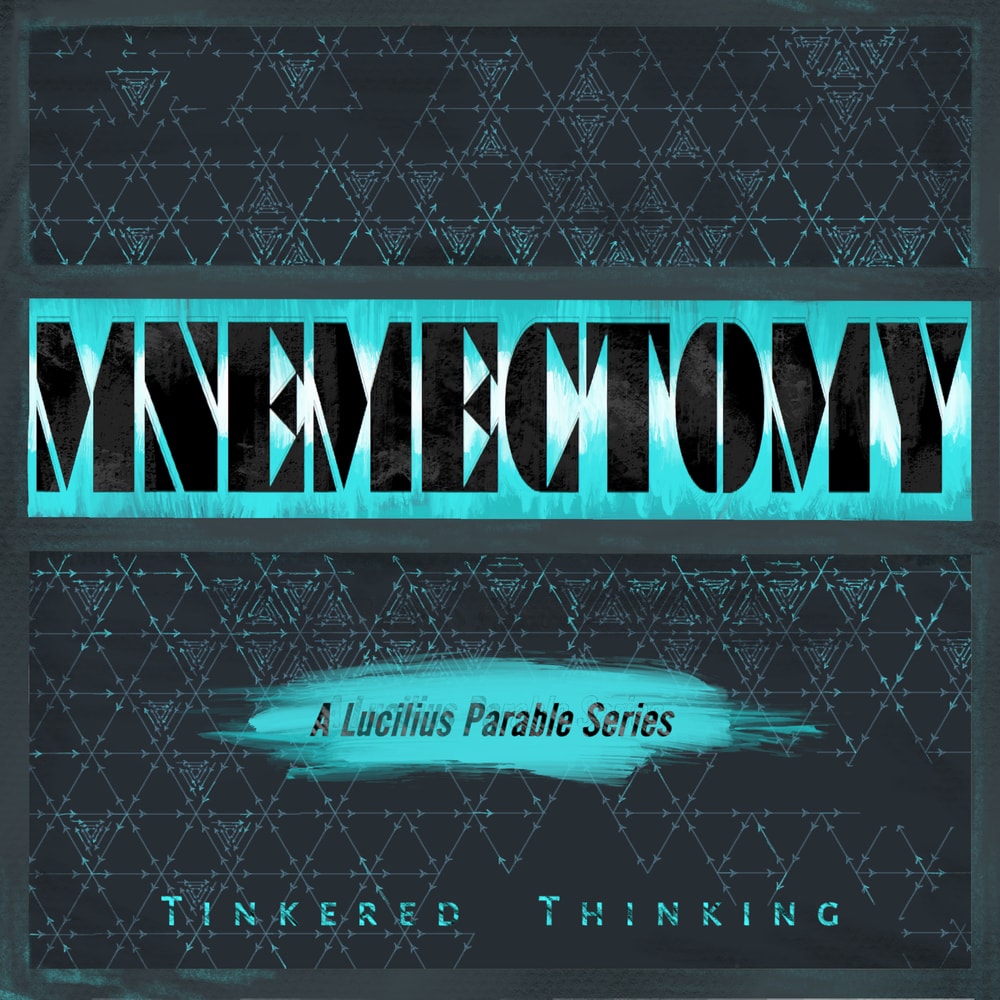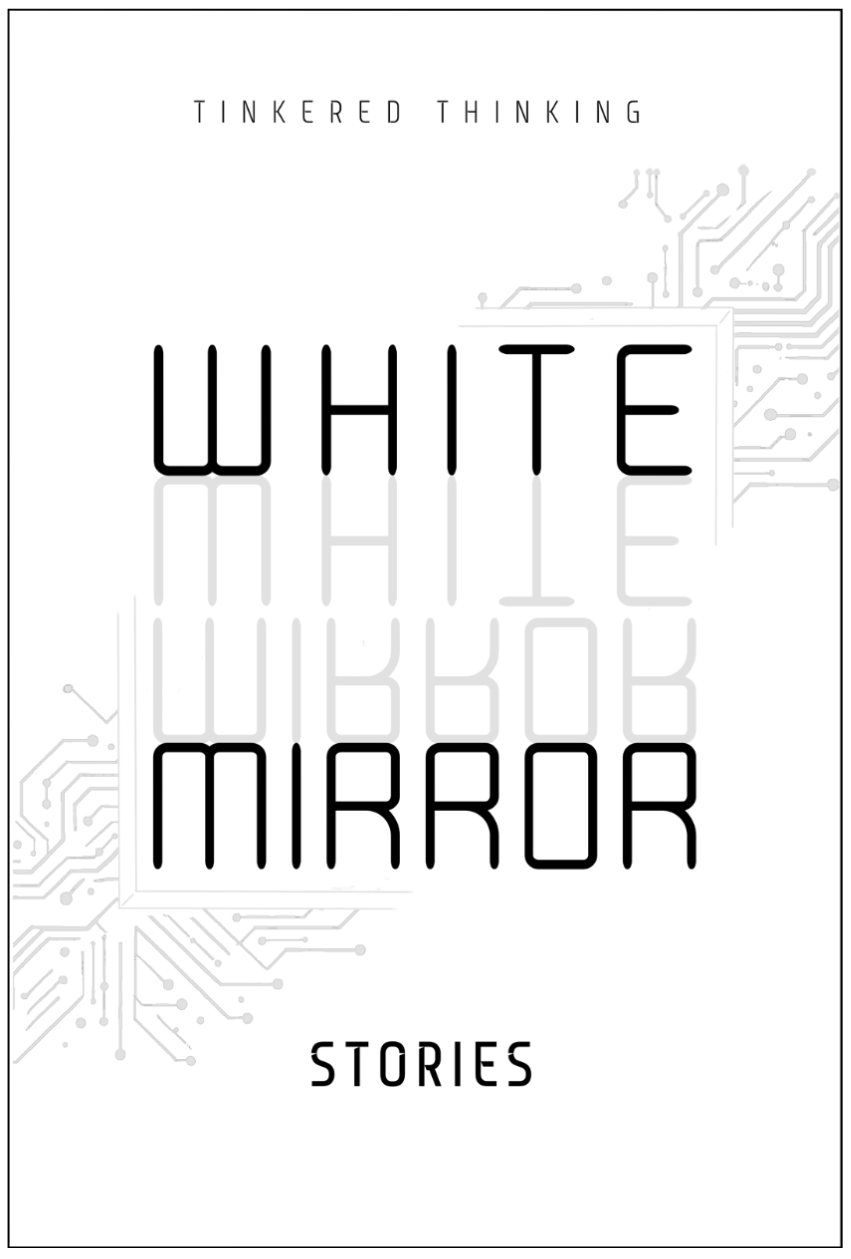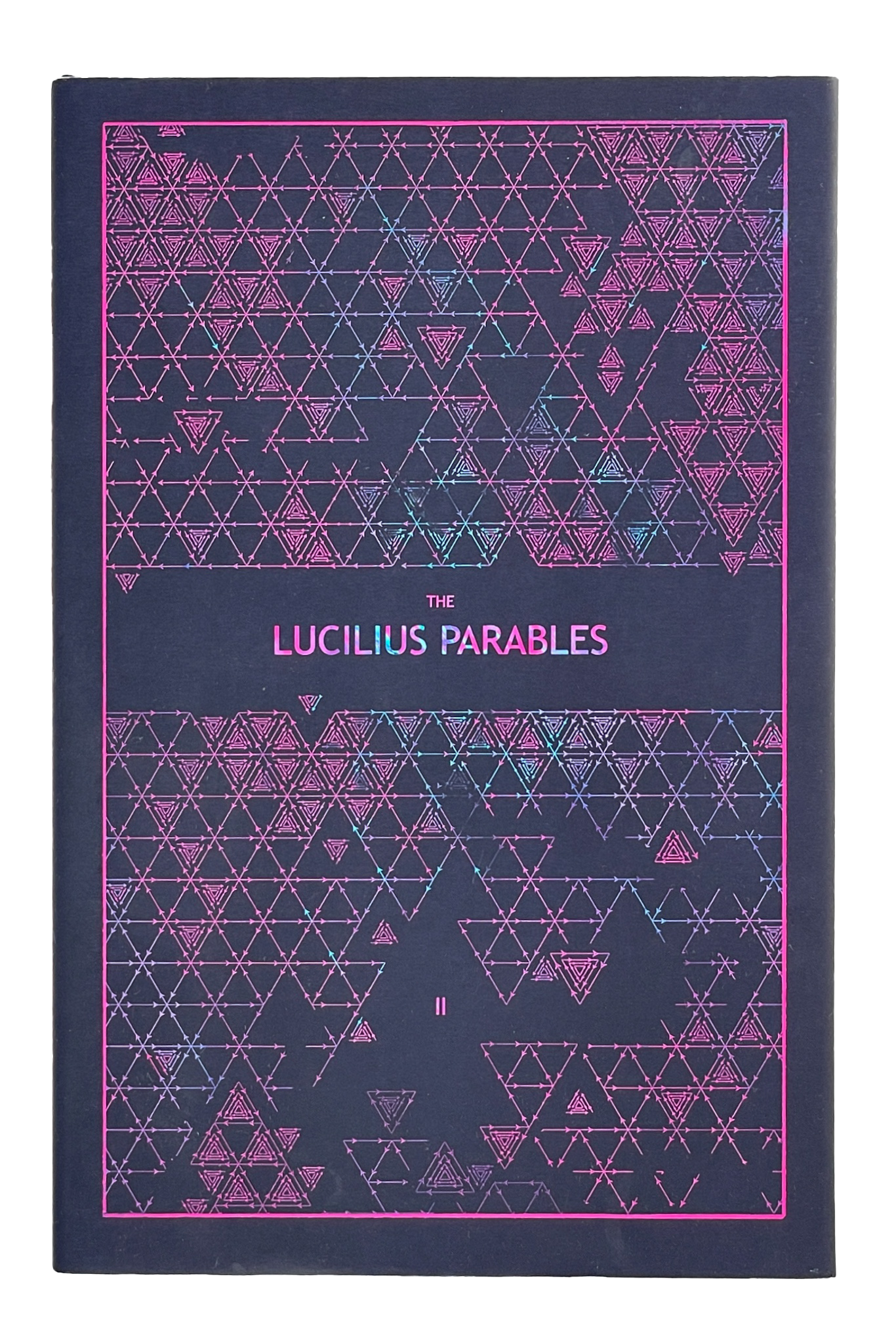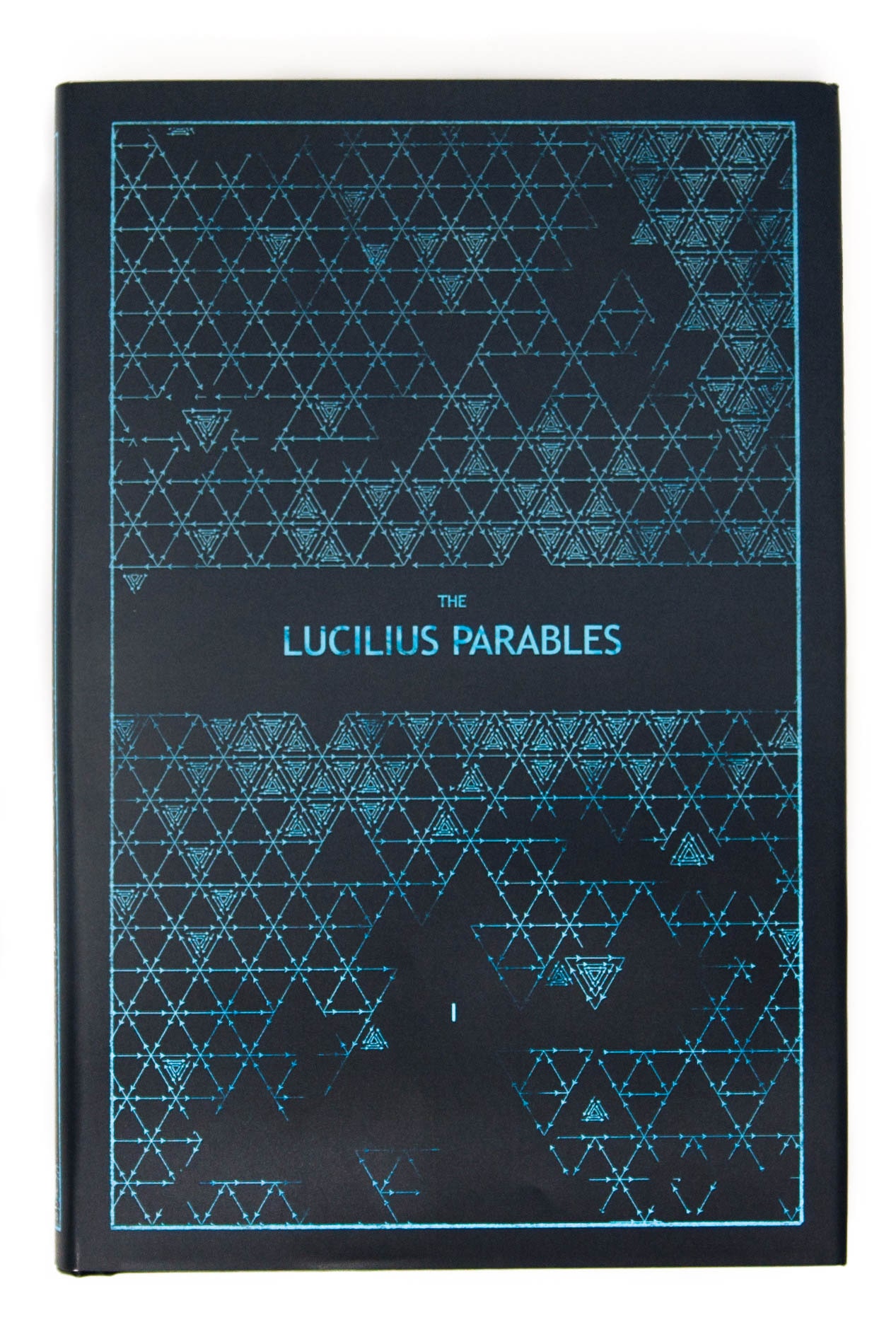Daily, snackable writings to spur changes in thinking.
Building a blueprint for a better brain by tinkering with the code.
subscribe
rss Feeds
SPIN CHESS
A Chess app from Tinkered Thinking featuring a variant of chess that bridges all skill levels!
REPAUSE
A meditation app is forthcoming. Stay Tuned.
SHUCKING EMOTIONS
January 12th, 2019
How useful are emotions?
Certainly they have incredible utility because they form the fuel and engine for everything we do.
The question is too vague however. We might for example ask how useful a tree is? In this case it’s perhaps more intuitive to follow up with a second question: useful for what? If we seek to build a table then certainly the tree is potentially very useful, but not in it’s current form. If however we see the tree’s utility as an entity that takes CO2 out of the atmosphere, then it is useful as is. What’s important to note here is that while the tree can be useful for many things, for some we need to convert that tree and put it through a process.
Likewise with emotions. All emotions provide us with the energy and impetus to actually do things.
Positive feelings of kinship and compassion perhaps need no conversion or processing, much like a tree seen as useful just being a tree.
But, we can think of far more difficult emotions like anger and frustration which rarely do us any good if we act upon these emotions in the form that we experience them. We generally lash out and create similar negative emotions in other people. We break things, undermine a project, damage relationships… all variety of things occur that we can very quickly come to regret.
This does not mean that the negative emotion cannot be useful. Like cutting a tree into slabs to make it more conducive to building a table, or shucking and roasting an ear of corn in order to eat, we can put our negative emotions through a process to convert them into more useful sources of energy and better reasons to take action.
This can be a mental energy to focus on a problem and think about it effectively in order to institute a solution.
This requires converting the stressful, negative emotion present into something that achieves a focused contemplation. Akin to peeling an orange, we get rid of what we don’t need, and what is left over is a sort of raw energy that we can use.
If we strip away the identity of an emotion, it’s negativeness –if you will, then what’s left over is simply a healthy amount of energy and a problem that needs solving. It becomes, in essence, two problems which can solve each other. The large amount of energy we need to expend can be spent actually solving the problem.
The problem is the reason we experience the hot emotion in the first place. But by shucking the emotion, removing the unuseful husk, we use that emotion like a fungible battery to power a calm laser-like focus to understand the constituent parts of the problem and enable us to see a real solution, as opposed to acting out on the negative emotion as fast as possible.
-compressed.jpg)





